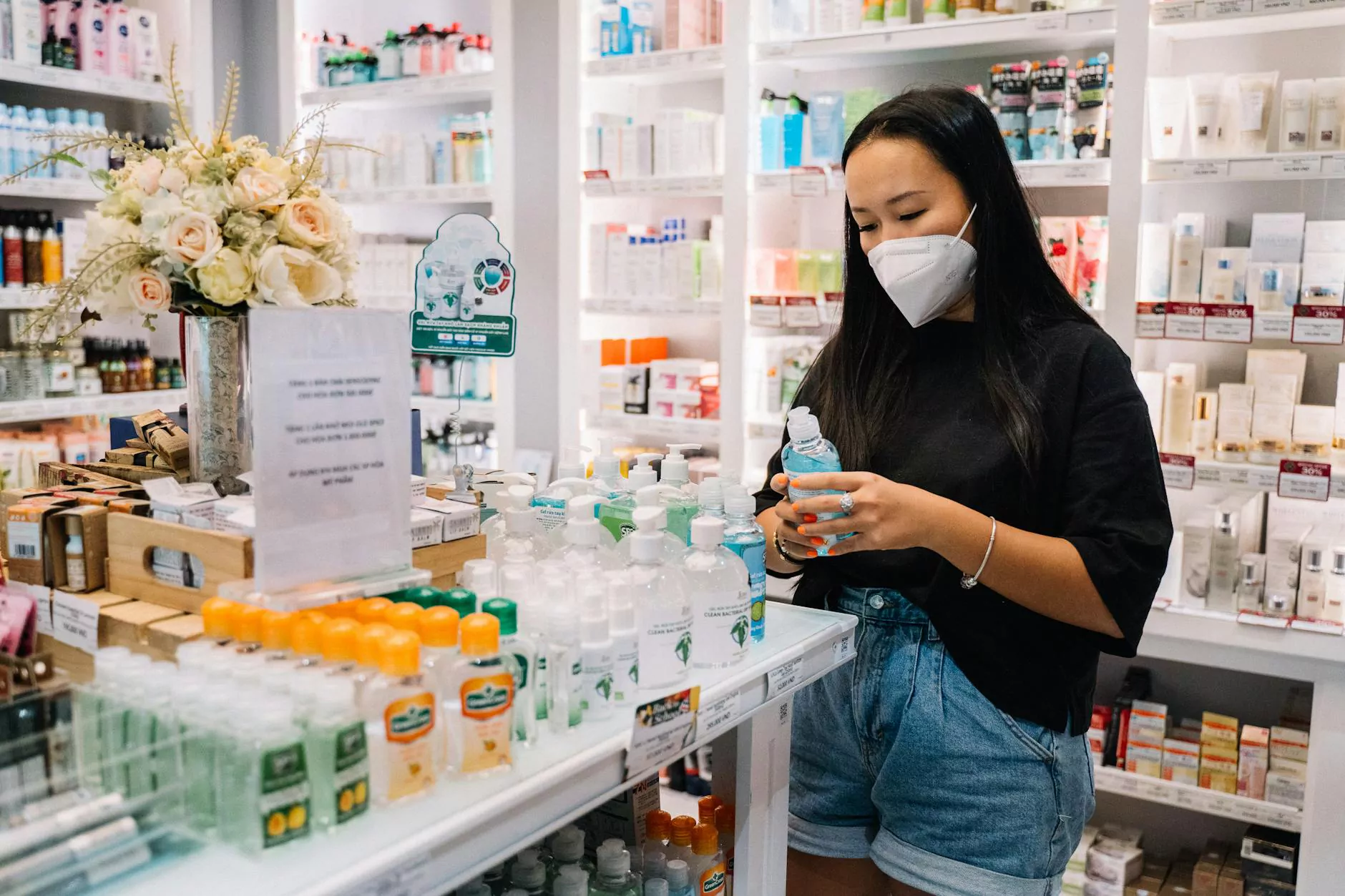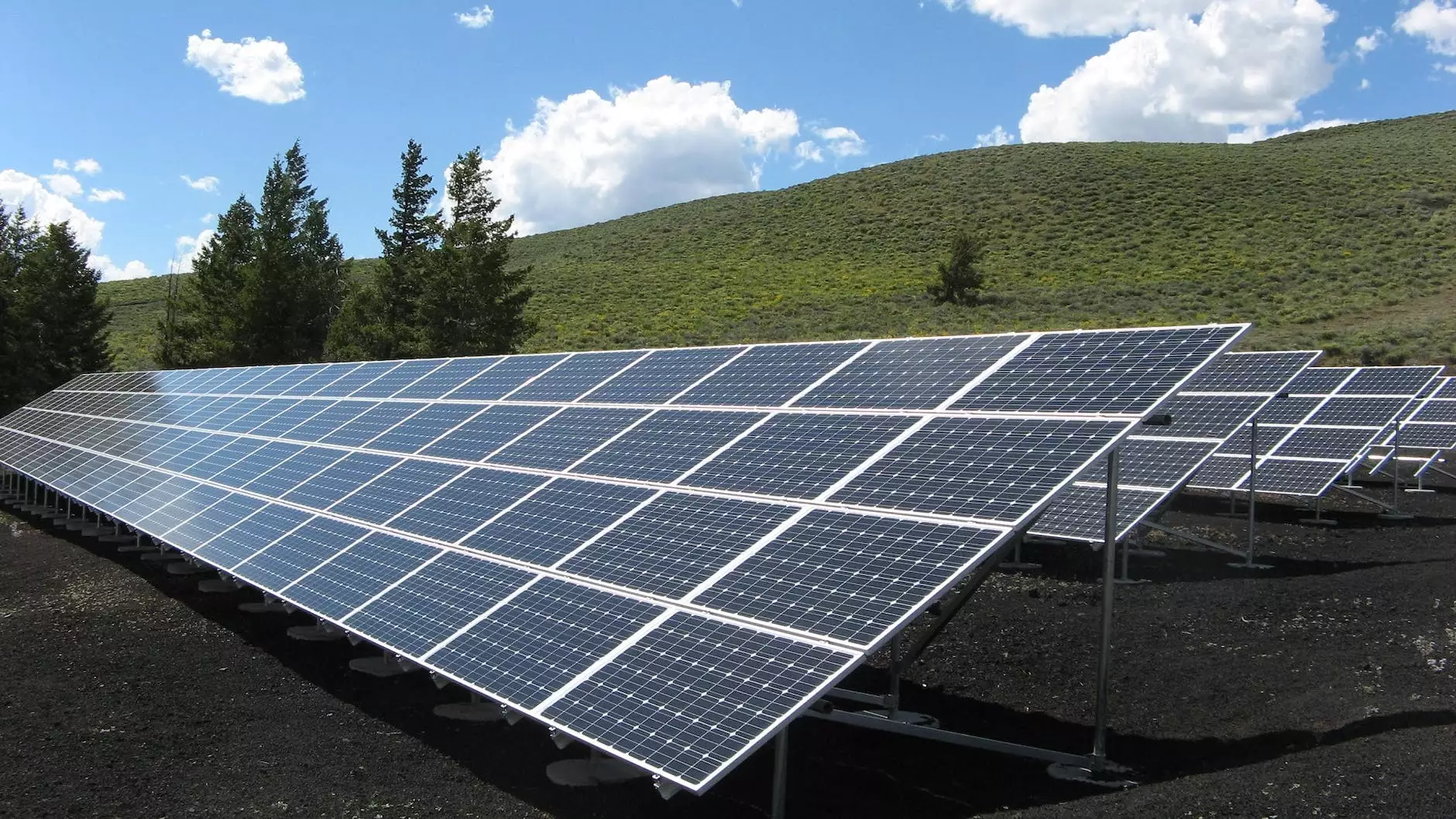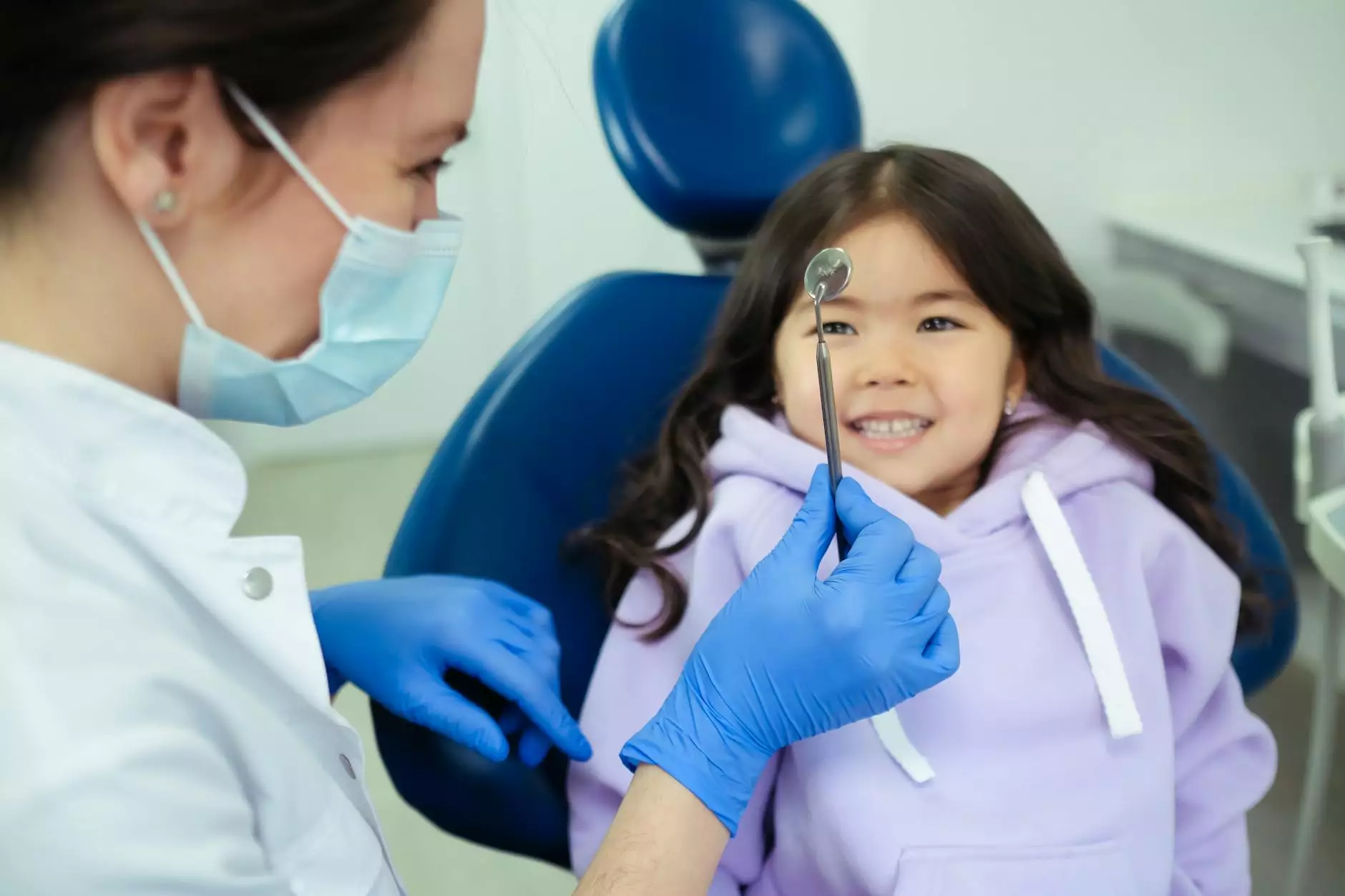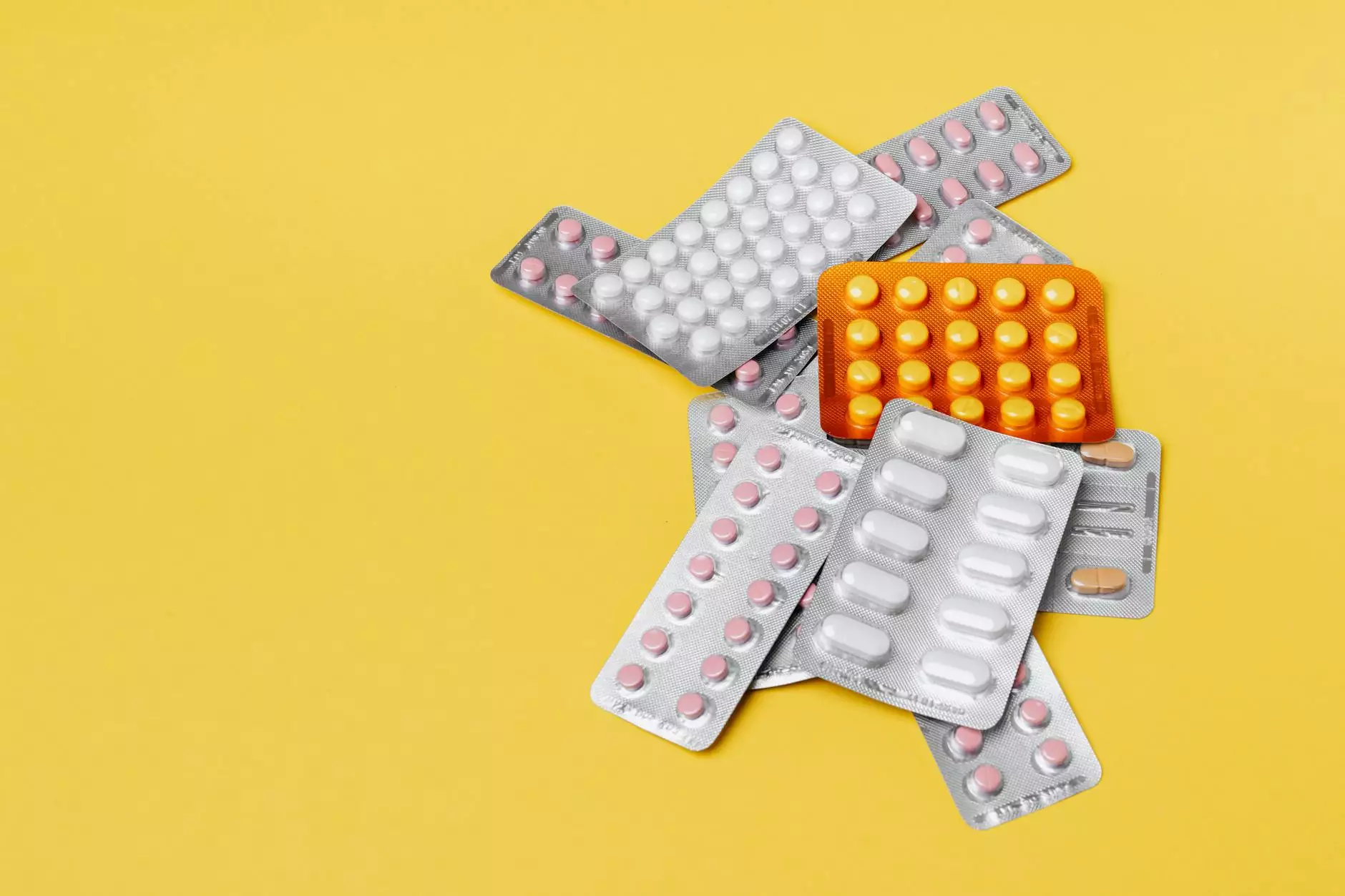The Significance of Spider Veins: Understanding Causes and Treatment Options

Introduction
Spider veins, also known as telangiectasia, are small, dilated blood vessels that appear close to the surface of the skin. They can be a cosmetic concern for many individuals, causing self-consciousness and a desire to find efficient solutions for their removal.
What Are Spider Veins?
Spider veins are characterized by their web-like appearance, often resembling tree branches or spider webs. These small, colored veins can be found anywhere on the body, but are most commonly seen on the legs, face, and chest. Contrary to popular beliefs, spider veins are not limited to a specific age group or gender.
Possible Causes of Spider Veins
The development of spider veins can be attributed to a range of factors. While exact causes can vary from person to person, here are some of the most common factors that may contribute to their appearance:
- Genetic predisposition: If your close family members have spider veins, you are more likely to develop them.
- Prolonged standing or sitting: Occupations or activities that involve sitting or standing for extended periods can increase the risk of developing spider veins.
- Hormonal changes: Hormonal fluctuations during pregnancy, menopause, or hormonal therapy can affect vein health and contribute to their formation.
- Obesity: Being overweight puts added pressure on veins, potentially leading to the development of spider veins.
- Sun exposure: Excessive sun exposure can damage the skin and blood vessels, making spider veins more visible.
- Age: As individuals age, the skin and blood vessels naturally become weaker, making spider veins more likely to appear.
Signs and Symptoms
Spider veins are usually a cosmetic concern rather than a serious medical condition. However, they can cause discomfort and self-esteem issues for those affected. Common signs and symptoms of spider veins include:
- Visible clusters of red, blue, or purple veins just beneath the surface of the skin.
- Mild to moderate pain, aching, or discomfort in the affected area.
- Burning or itching sensations around the affected veins.
- Restless legs or heaviness in the legs, especially after prolonged periods of standing or sitting.
Treatment Options
Fortunately, various treatment options exist to effectively minimize or eliminate spider veins. It is important to consult a qualified vascular medicine specialist or doctor specializing in vein disorders for a proper diagnosis and personalized treatment plan. Some common treatment methods include:
Sclerotherapy
Sclerotherapy involves the injection of a specialized solution directly into the affected veins. The solution irritates the lining of the veins, causing them to collapse and fade over time. This is a non-surgical procedure performed in a doctor's office, usually requiring multiple sessions for optimal results.
Laser Therapy
Laser therapy utilizes focused laser energy to target and seal off unwanted spider veins. This treatment method is often preferred for delicate areas, such as the face, and typically requires multiple sessions for desired outcomes.
Radiofrequency Ablation
In radiofrequency ablation, thermal energy is used to heat and close the affected veins. This technique is effective for larger spider veins and can be performed under local anesthesia.
Endovenous Laser Treatment (EVLT)
EVLT is a minimally invasive procedure that applies laser energy to the affected veins through a small incision. This method is particularly useful for treating larger varicose veins, which are often associated with spider veins.
Preventive Measures
Adopting healthy lifestyle habits can help prevent the development of new spider veins and minimize the recurrence of existing ones. Here are some preventive measures worth considering:
- Avoid standing or sitting for prolonged periods. Take breaks and engage in regular physical activity to improve blood circulation.
- Maintain a healthy weight through a balanced diet and exercise, as excess weight can put additional strain on veins.
- Protect your skin from excessive sun exposure by using sunscreen and wearing protective clothing.
- Elevate your legs whenever possible, especially after long periods of sitting or standing, to relieve pressure and improve blood flow.
- Consider wearing compression stockings, which provide graduated pressure to support vein health.
Conclusion
Spider veins can be an unwanted cosmetic concern; however, with the advancements in medical technology, their treatment has become more accessible and effective than ever before. By understanding the causes, signs, and treatment options available, individuals can make informed decisions and seek the appropriate medical help to address their spider veins.
If you are experiencing spider veins or related symptoms, it is crucial to consult a qualified doctor or a vascular medicine specialist who can provide you with a personalized treatment plan. Remember, early intervention and preventive measures can help minimize the appearance and discomfort associated with spider veins, contributing to improved overall well-being.
For more information about spider veins and their treatment options, visit veincenterofarizona.com, where you'll find a team of experienced doctors specializing in vascular medicine dedicated to helping you achieve optimal vein health.
what are spider veins a sign of



